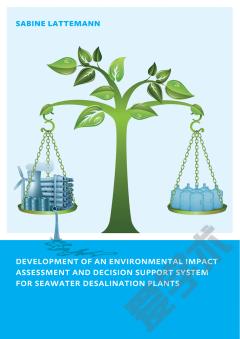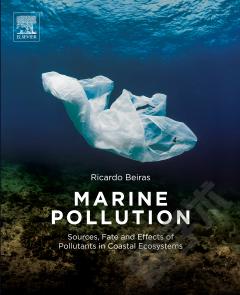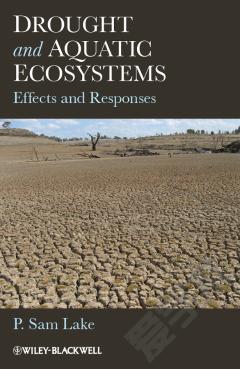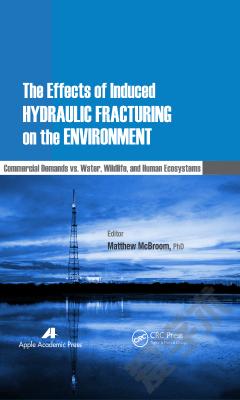Development of an Environmental Impact Assessment and Decision Support System for Seawater Desalination Plants
Seawater desalination is a rapidly growing coastal-based industry. The combined production capacity of all seawater desalination plants worldwide has increased by 30% over the last two years: from 28 million cubic meters per day in 2007âwhich is the equivalent of the average discharge of the River Seine at Parisâto more than 36 million cubic meters per day in 2009. Seawater desalination is an energy-intensive process. It furthermore consumes considerable amounts of natural resources in the form of chemicals and materials, and may have negative effects on the marine environment due to the discharges of concentrate waste waters and residual chemicals into the sea. The growing number of desalination plants worldwide and the increasing size of single facilities emphasizes the need for greener desalination technologies and more sustainable desalination projects. Two complementing approaches are the development and implementation of best available technology (BAT) standards and best practice guidelines for environmental impact assessment (EIA) studies. While BAT is a technology-based approach, which favors state of the art technologies that reduce resource consumption and waste emissions, EIA aims at minimizing impacts at a site- and project-specific level through environmental monitoring, evaluation of impacts, and mitigation where necessary. The dissertation contains a comprehensive evaluation and synthesis of the potential environmental impacts of desalination plants, with emphasis on the marine environment and aspects of energy use, followed by the development of strategies for impact mitigation. A concept for BAT for seawater desalination technologies is proposed, in combination with a methodological approach for the EIA of desalination projects. The scope of the EIA studies are outlined, including environmental monitoring, toxicity and hydrodynamic modeling studies, and the usefulness of multi-criteria analysis as a decision support tool for EIAs is explored and used to compare different intake and pretreatment options for seawater reverse osmosis plants.
{{comment.content}}








 京公网安备 11010802027623号
京公网安备 11010802027623号